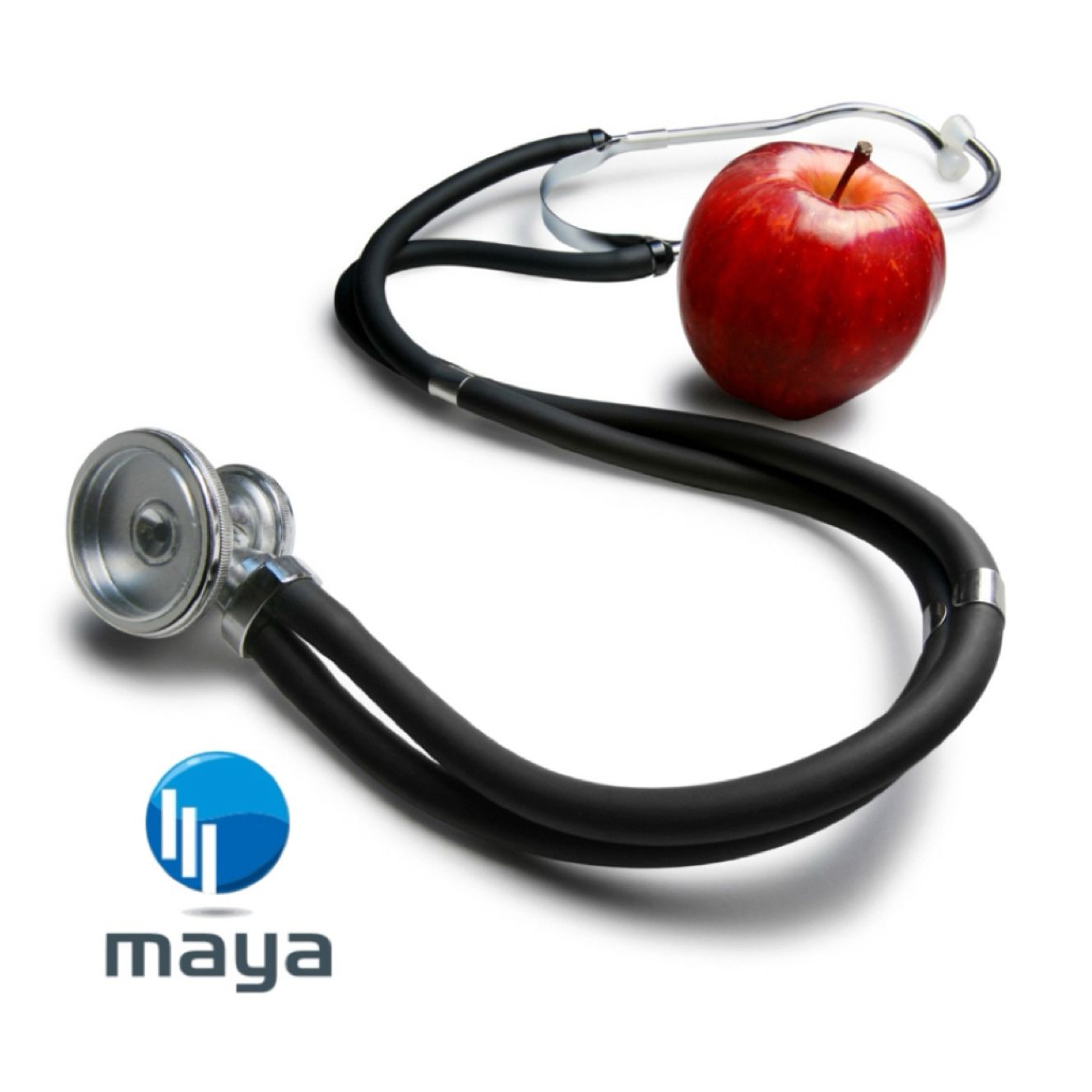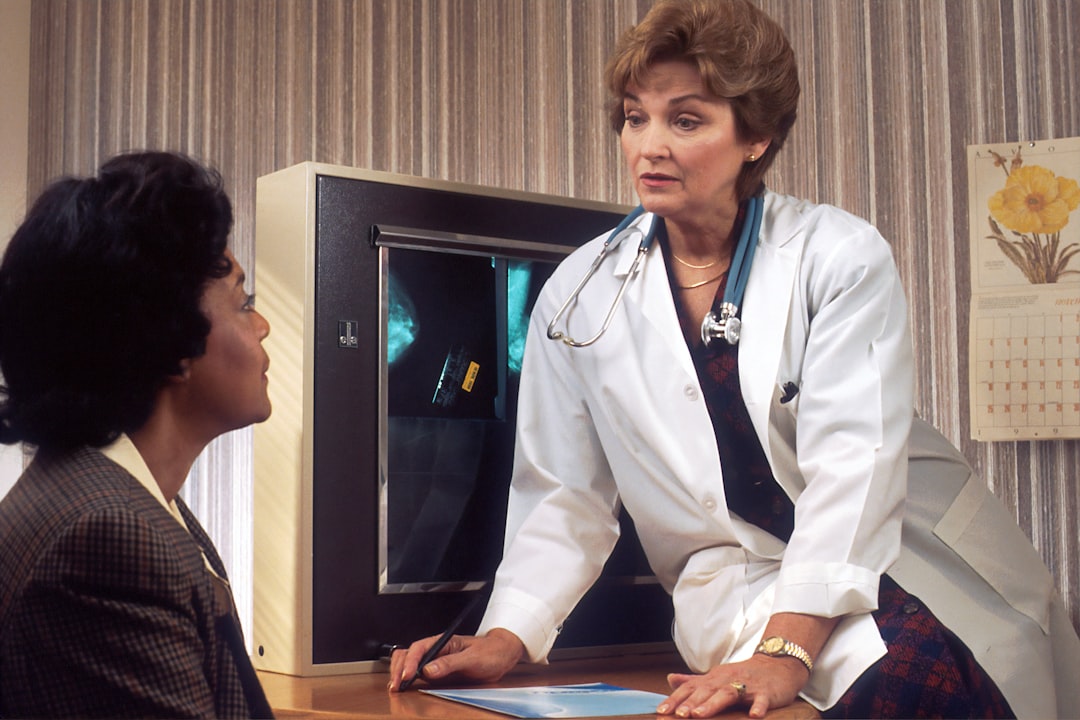A History of Well-Intentioned Efforts and the Growing Risks of Misdiagnosis in Primary Care
In the early 1960s, a new idea began to take root in the field of healthcare. As nursing roles expanded, some nurses began considering the possibility of prescribing medications independently. Traditionally, only doctors—who undergo extensive training in diagnosis, pharmacology, and patient management—were allowed to prescribe medications. This was grounded in a commitment to patient safety, as doctors are trained to prioritize patient welfare, thoroughly assess risk, and only prescribe medications when absolutely necessary. However, the growing demand for healthcare services and the strain on doctors led to conversations about whether nurses might ease this load by gaining the authority to prescribe certain drugs independently.
The Early Push for Nurse Prescribing
In the 1960s, as the healthcare system faced increasing pressures, nurses expressed a desire for greater autonomy in their roles. One way to achieve this was by obtaining licenses to prescribe medications. They argued that with the right authority, they could provide more efficient patient care by avoiding the need to wait for a doctor’s authorization, particularly in routine or low-risk cases. However, the primary concern among healthcare professionals was that nurses did not possess the same level of diagnostic or pharmacological training as doctors. Prescribing medications, especially without comprehensive diagnostic expertise, introduces a risk of misdiagnosis, inappropriate drug use, and adverse patient outcomes.
Doctors are trained to consider each medication carefully, taking into account potential side effects, interactions with other drugs, and patient-specific factors. A primary rule in their training is to “first, do no harm.” Antibiotics, for instance, should be prescribed only when there is clear evidence of a bacterial infection, as misuse can lead to antibiotic resistance—a significant global health concern today. Nevertheless, the healthcare system continued exploring ways to involve nurses in prescribing to alleviate the burden on doctors.
The Turning Point: Patricia Hewitt’s Reforms in the UK
In the United Kingdom, nurse prescribing became a reality in 2005, largely due to initiatives led by then-Secretary of State for Health, Patricia Hewitt. She advocated for nurse prescribing as a way to improve efficiency in the NHS by reducing waiting times and enhancing patient access to medications. Nurse prescribing courses were developed and introduced in universities across the UK, designed to provide nurses with basic pharmacological knowledge to support their new role. Nurses who completed this training were granted licenses to prescribe certain medications independently.
However, this rapid shift in responsibility was met with concern by doctors, who recognized that the course offerings could not replace the years of comprehensive medical training required to diagnose complex cases and manage medication safely. They feared that granting prescribing powers to nurses without equivalent diagnostic training could lead to a rise in errors and suboptimal care. Doctors raised warnings, expressing concerns about potential risks to patients, but these concerns were largely unheeded as the NHS moved forward with the licensing of nurse prescribers.
The Impact of Nurse Prescribing: Increased Errors and Patient Risks
Now, nearly two decades since the introduction of nurse prescribing, the effects of this shift have become increasingly evident. Reports of diagnostic errors, treatment delays, and complications have emerged, leading to hospitalizations and, tragically, preventable deaths in some cases. These issues can often be traced back to a fundamental gap in diagnostic training between doctors and nurses. Here are some of the most common issues seen with nurse prescribing:
- Misdiagnosis and Incorrect Medication Choices: Unlike doctors, who undergo extensive diagnostic training, nurses may lack the expertise to accurately diagnose complex conditions. This can lead to incorrect medication choices or unnecessary prescriptions that fail to address the underlying issue.
- Overuse of Antibiotics: Antibiotics are frequently overprescribed, especially when given to treat viral infections or non-specific symptoms, leading to unnecessary side effects and, more significantly, contributing to the global crisis of antibiotic resistance. Without a comprehensive diagnostic approach, nurse prescribers may inadvertently contribute to this overuse. The nurses are trained to offer tender loving care and not adhere to strict guide lines not to offer drugs that seldom cure but can result in side effects. Doctors are not trained to please patients and so will not presrcibe any drug to satisfy patients expectations.
- Inappropriate Reassurance: Due to a limited understanding of certain conditions, nurse prescribers may inadvertently offer false reassurance to patients, downplaying symptoms that require further medical investigation. This can result in delayed treatment, missed diagnoses, and a cascade of complications.
- Failure to Recognize Red Flags: Nurses often follow protocols designed for common, routine conditions. However, without the medical experience to recognize red flags in atypical presentations, they may miss serious conditions like cardiac issues, infections, or even cancer, leading to delayed referrals or emergency interventions.
- Insufficient Knowledge of Drug Interactions and Side Effects: Nurse prescribing courses cannot match the depth of pharmacological education that doctors receive. This gap can lead to errors in prescribing medications that interact poorly with other drugs, or in prescribing inappropriate doses that lead to side effects or adverse events, particularly in patients with complex medical histories.
- Delayed Referrals to Specialists: In many cases, nurse prescribers may try to manage symptoms within their own scope rather than referring to a specialist promptly. This delay can lead to a worsening of the patient’s condition, often requiring more intensive and costly treatments.
Real-World Consequences: Patient Complications and Fatal Outcomes
Many doctors have observed the repercussions of these errors firsthand in primary care settings. Patients often present with advanced conditions that could have been managed effectively had they been correctly diagnosed and treated earlier. The financial and emotional toll on patients and their families is substantial, and healthcare systems bear the strain of preventable complications that lead to extended hospital stays and expensive interventions.
The introduction of nurse prescribing was well-intentioned, aimed at increasing access to care and easing the load on primary care physicians. However, the approach may have overlooked the fundamental necessity of rigorous diagnostic training in safely prescribing medications. The unfortunate reality is that, in many cases, the haste to increase access to prescribing has inadvertently compromised the quality of care and patient safety.
Moving Forward: The Need for Caution and Collaboration
The healthcare system must take a critical look at the results of nurse prescribing and work toward more effective solutions. Improving access to healthcare is essential, but it cannot come at the expense of patient safety. Collaborative care models, where nurses work alongside doctors to ensure accurate diagnoses and appropriate treatments, may offer a safer approach.
Patients should be encouraged to ask questions about their care, and healthcare providers should prioritize education, thorough assessments, and follow-up care. By recognizing the risks of misdiagnosis and medication errors, healthcare systems can seek improvements in training, support, and collaborative practices to protect patients’ health.
The journey to better healthcare is ongoing, and we must learn from past experiences to ensure that every patient receives safe, effective, and reliable care.
Dr Maya GPT
This will revolutionise healthcare because patients can ask any question and get the best answer because ChatGPT has passed every medical school examination in flying colours, onlt this it lacked was how to use combination of symptoms to differentiate minor from serious illness like a doctor. We cannot derive at any diagnosis using aligorithems and so Dr Maya GPT is different, and unique.

